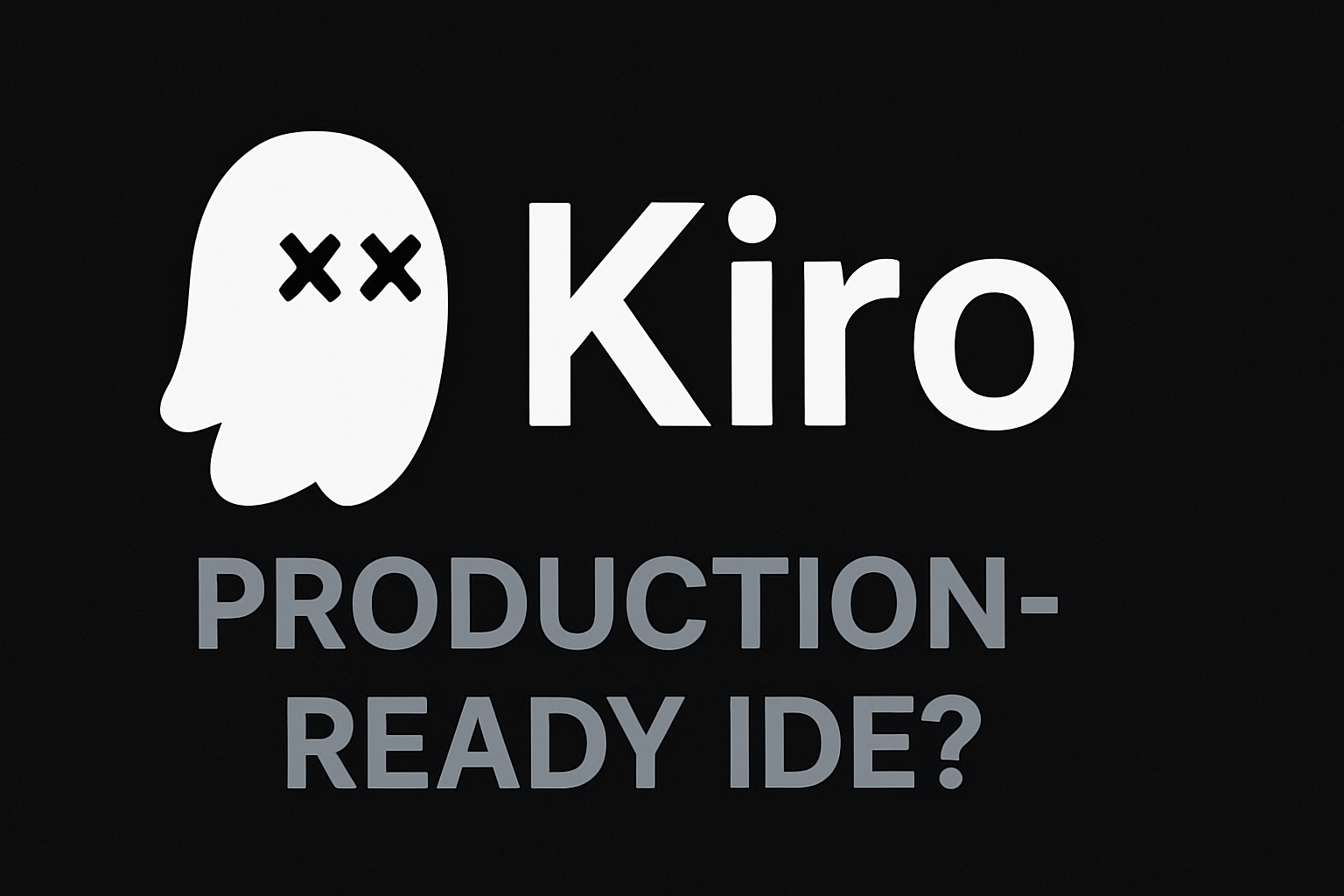
Production-Ready Isn't a Vibe: Lessons from Kiro's Rocky Launch
This week, Kiro (a new tool positioning itself as “The AI IDE for prototype to production”) launched under the AWS umbrella.
Then it quickly… unlaunched.
Kiro’s own download page now reads:
We’re sending HugOps to the Kiro team, shipping is hard, and agentic infra is even harder.
But let’s be real: when the launch comes from AWS, expectations are different.
Startups can get away with a scrappy public beta. A small, opinionated team within a cloud giant? Not so much. AWS has more resources, more infrastructure, and more lessons learned than most of us will see in a lifetime of uptime. That makes “oops, we forgot to load test” harder to defend.
The Production Gap
At StarOps, we think a lot about the gap between prototype and production.
It’s a wide canyon, not a single deployment. Closing that gap takes more than nice branding; it takes:
A Reminder to All of Us
Production isn’t a tagline. It’s a promise to your users.
Every team faces the same tension: move fast to capture opportunity, or slow down to bulletproof every edge case. The best teams know it’s not either/or—it’s a balancing act. Ship too soon, and you risk trust. Over-prepare, and you might miss your moment.
The trick is to build a culture where speed and safety aren’t enemies. Where “production-ready” means you’ve done the hard work: tested failure paths, validated assumptions, and put your users first. Not just because it looks good in a launch post, but because it’s the right thing to do.
When a team calls something “for production” but skips the pre-flight checks, the trust cost is real. Especially when it comes from a company that operates half the cloud.
AWS has done incredible things at scale, but even the big shops can forget that production isn’t a launch event, it’s a state of readiness.
Final Thoughts
Kiro will recover. AWS will stabilize it. But the lesson stands:
If you haven’t load tested it, should YOU launch it?
Load testing isn’t just a checkbox—it’s about preparing for the real, expected traffic your users will bring. When the company that powers Prime Day stumbles on fundamentals, it’s a reminder: no one is too big to skip the basics. The good news? The rollback definitely works.
